You’ve been seriously underestimating these two rugged states.
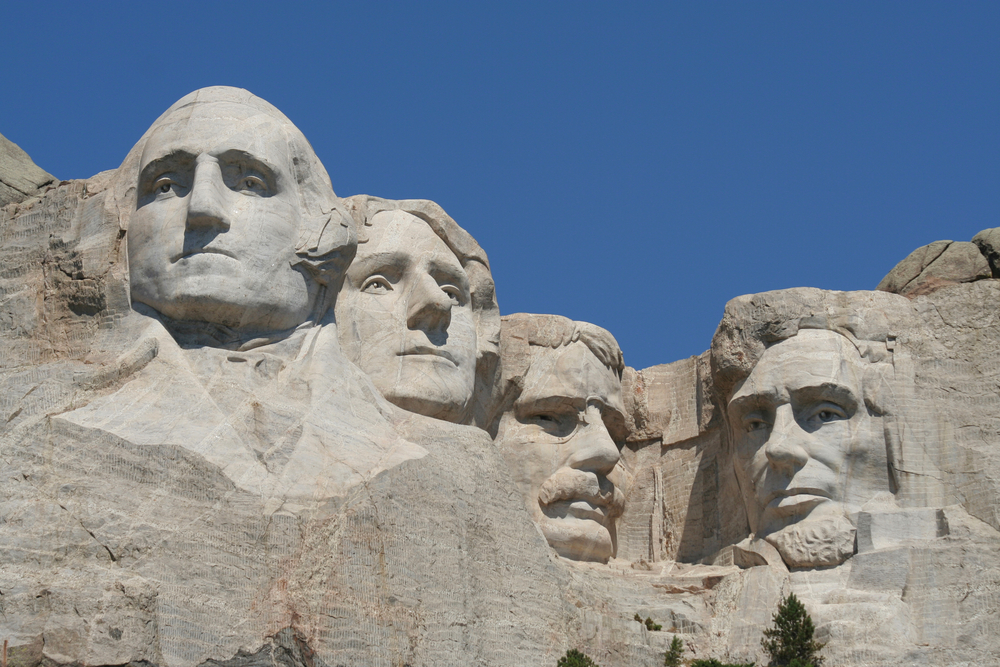
Most people picture the Dakotas as flyover territory dotted with barns, cows, and endless stretches of flatland. But that assumption leaves out a landscape filled with wild surprises, surreal beauty, and culture that doesn’t beg for attention, but absolutely deserves it. If you’ve never bothered to venture through North or South Dakota, you’re missing an entirely different rhythm of American life.
This isn’t just prairie land. It’s where ancient fossils rest beneath windswept hills, where bison still roam freely, and where Native American traditions aren’t just history—they’re alive and revered. Even if you think you’re not the road trip type, these two states could change your mind. Here are 12 reasons why the Dakotas might just be the most unexpected highlight of your next adventure.
1. Bison still roam wild like it’s the 1800s.
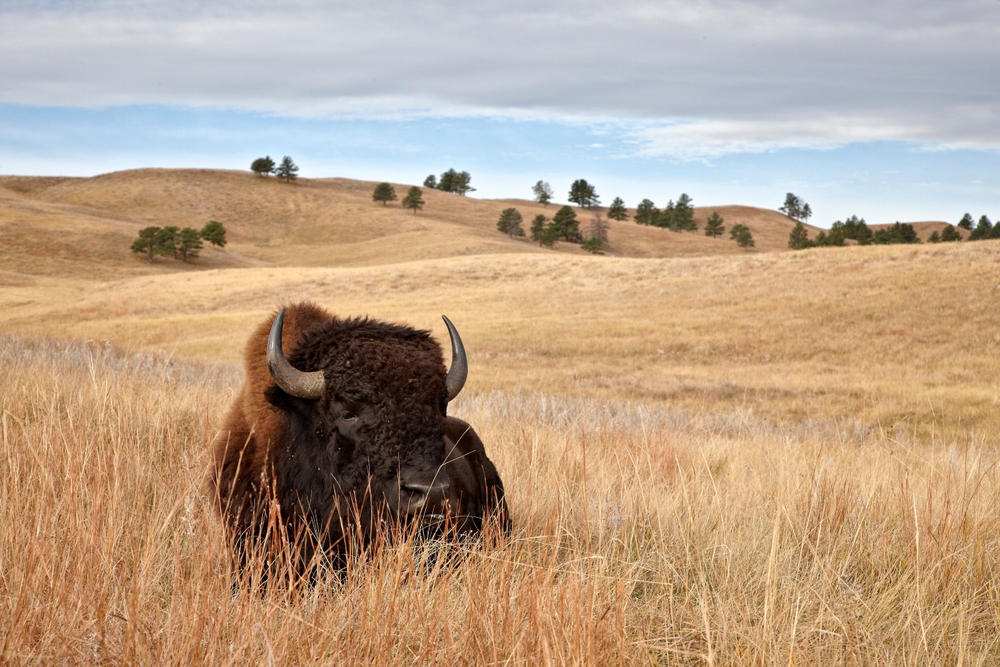
In places like Custer State Park and Theodore Roosevelt National Park, bison don’t pose behind fences—they own the road. It’s one of the rare spots in the country where you can roll down your window and be face to face with a one-ton animal that hasn’t read the “stay off the highway” memo. Watching these beasts thunder across the plains is like time travel with a pulse.
What’s most surprising isn’t just their presence—it’s how freely they move. In the Dakotas, wildlife management leans toward preservation rather than tourism gimmicks, writers at the South Dakota Missouri River Tourism mentioned. These herds are part of the ecosystem, not exhibits. And when they cause a traffic jam, nobody complains. You just sit in awe, knowing this might be the closest thing to the Old West still alive and kicking.
2. The Badlands are more sci-fi than scenic.
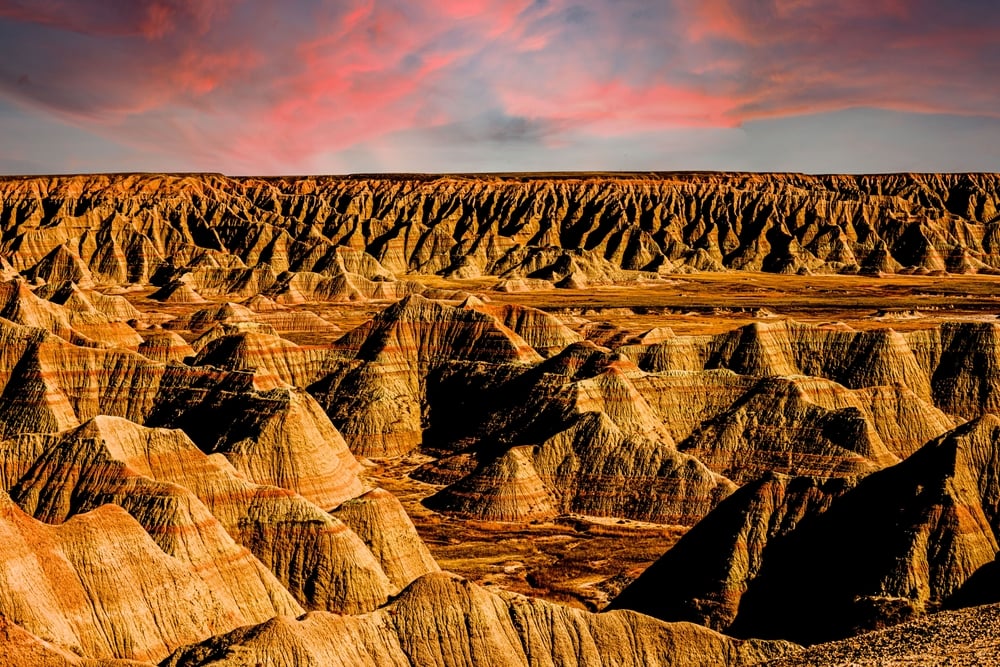
Forget every Instagram-perfect photo you’ve seen of cliffs and canyons. The Badlands look like someone air-dropped Mars into the Midwest, as reported by Nathan Swartz at Wand’rly. Jagged formations rise in impossible angles, painted in stripes of rust, gray, and yellow that change color with the sun. It doesn’t look real—and standing among them, you’ll start to question whether you are.
These ancient landscapes weren’t just sculpted by erosion; they’ve been preserving secrets for millions of years. Fossils of saber-toothed cats and prehistoric rhinos have been pulled from the dusty ground. You don’t just see the past—you walk through it. Hiking here feels less like exercise and more like stumbling into a dreamscape with dinosaur bones just underfoot.
3. Native American culture is present, powerful, and proud.
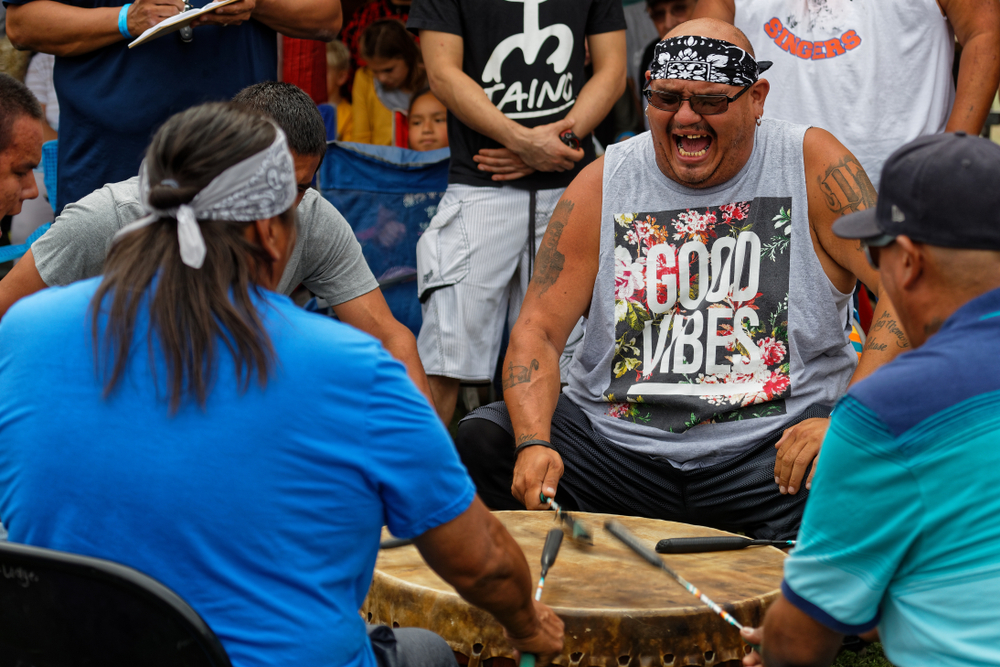
In the Dakotas, Native American heritage isn’t just on display—it lives. Powwows aren’t tourist events; they’re sacred gatherings that locals welcome you into with genuine warmth. If you’ve never seen jingle dancers perform to the steady beat of a traditional drum circle, it’s not something you forget.
Reservations like Pine Ridge and Standing Rock are complex, rich with resilience and resistance, as stated by Leah Donella at NPR. Art, storytelling, and language aren’t fading—they’re being revived by young generations determined to keep their cultures thriving. When you visit, you’re not stepping into a museum of history. You’re witnessing the strength of people who never stopped fighting to be seen and heard.
4. The roadside attractions are offbeat in the best way.
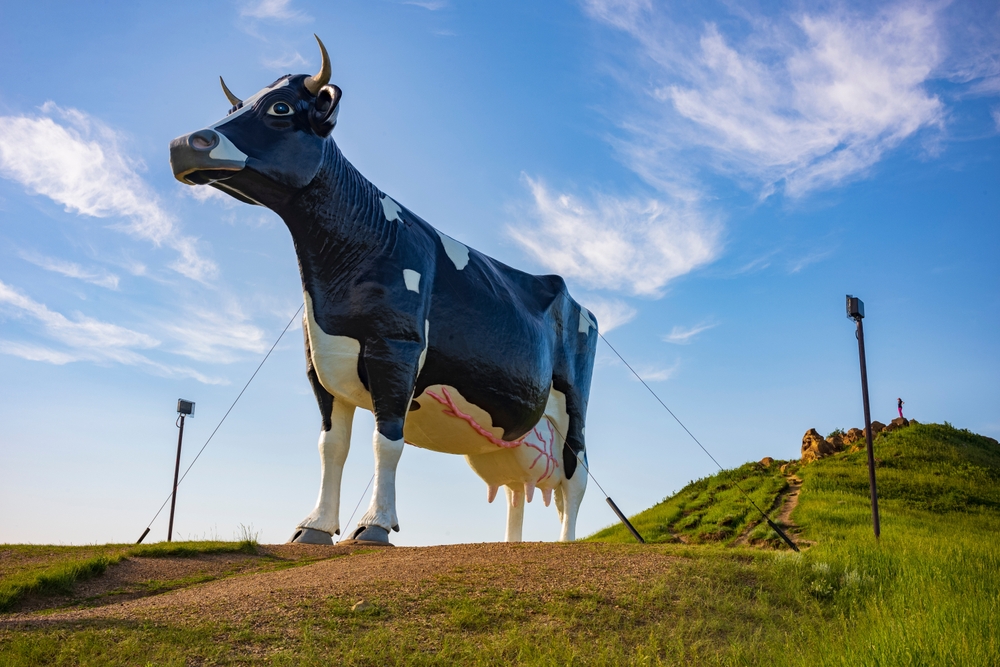
Think you’ve seen quirky? Wait until you stumble on the 60-foot-tall “World’s Largest Cow” in New Salem, North Dakota. Or the Corn Palace in Mitchell, South Dakota—yes, an entire palace decorated annually with real corn in elaborate mosaics. The Dakotas aren’t afraid to get weird, and they do it with a straight face that makes it even better.
These aren’t just gimmicks. They reflect a fierce local pride in doing things their own way, even if the rest of the country doesn’t understand. Travelers expecting standard tourist traps instead get a dose of unfiltered Americana. It’s kitsch, sure—but it’s creative, handcrafted, and endearing in a way that big city attractions just can’t replicate.
5. The stargazing will leave you speechless.

When you’re hundreds of miles from the nearest city glow, the night sky unfolds like a secret kept only for those willing to go off the grid. North and South Dakota offer some of the darkest skies in the lower 48, and stargazing here isn’t just a pretty view—it’s a humbling experience.
In places like the Badlands or Fort Union, you can see the Milky Way stretch across the horizon like a cosmic ribbon. Shooting stars aren’t rare—they’re expected. It makes you realize how much we’ve forgotten to look up. And in the silence of a Dakota night, that simple act of wonder hits a little harder.
6. You can actually see wild horses run free.
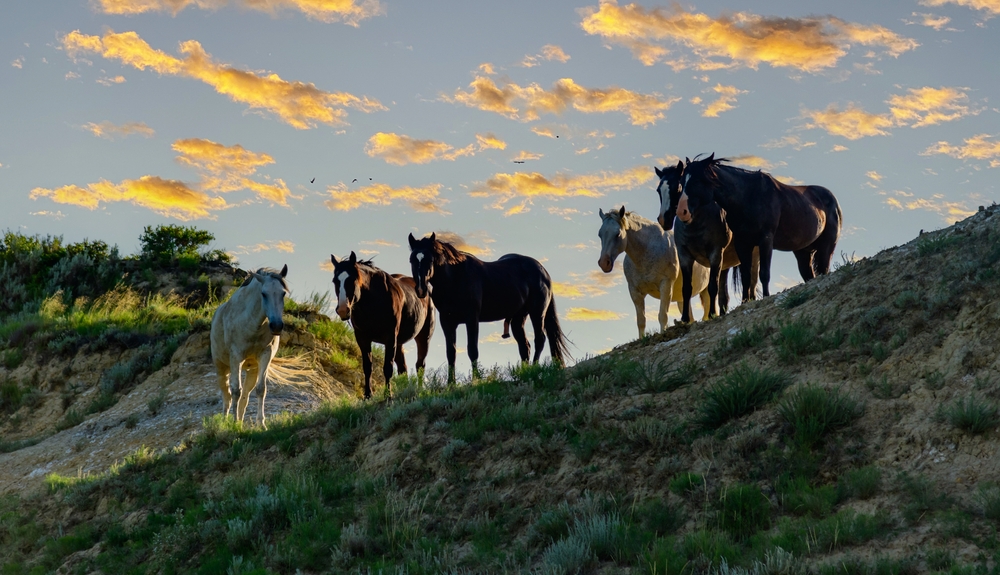
On the edge of Theodore Roosevelt National Park, bands of wild horses still roam, untamed and uninterested in humans. They’re not part of a show or a fenced-in program. They live on their own terms, grazing the grassy buttes and disappearing into the rugged terrain as easily as they appear.
Seeing them is pure luck, which only adds to the thrill. You might spot a mare and foal silhouetted against a golden sunset or catch a group charging across the ridgeline. It’s one of those rare moments that doesn’t feel real until it’s over—and then you spend the rest of your trip hoping to see it again.
7. Fargo isn’t just a movie—it’s got a legit art scene.
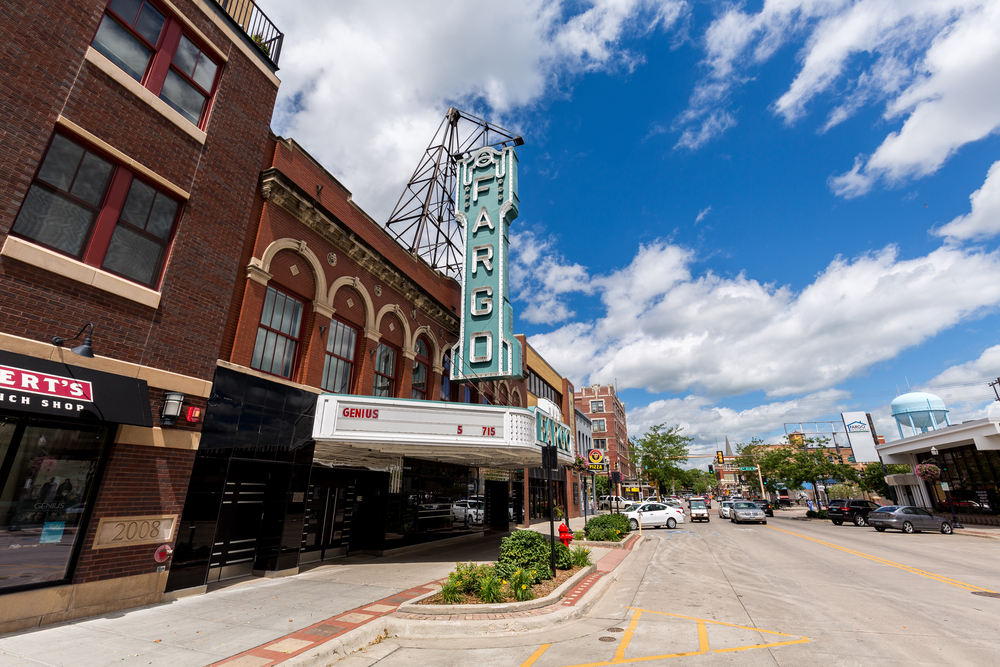
People joke about Fargo because of the accent and the Coen Brothers, but the real city has a surprising edge. Murals splash across downtown buildings, and galleries like the Plains Art Museum house thought-provoking collections you’d expect to see in much bigger cities.
Coffee shops double as creative hubs, and locals take their music seriously. The live scene leans indie and experimental, and it’s not uncommon to stumble into a pop-up show in a former industrial space. The city has grit and charm but also brains—and it knows how to have a good time without trying too hard.
8. The Missouri River is an underrated water wonderland.
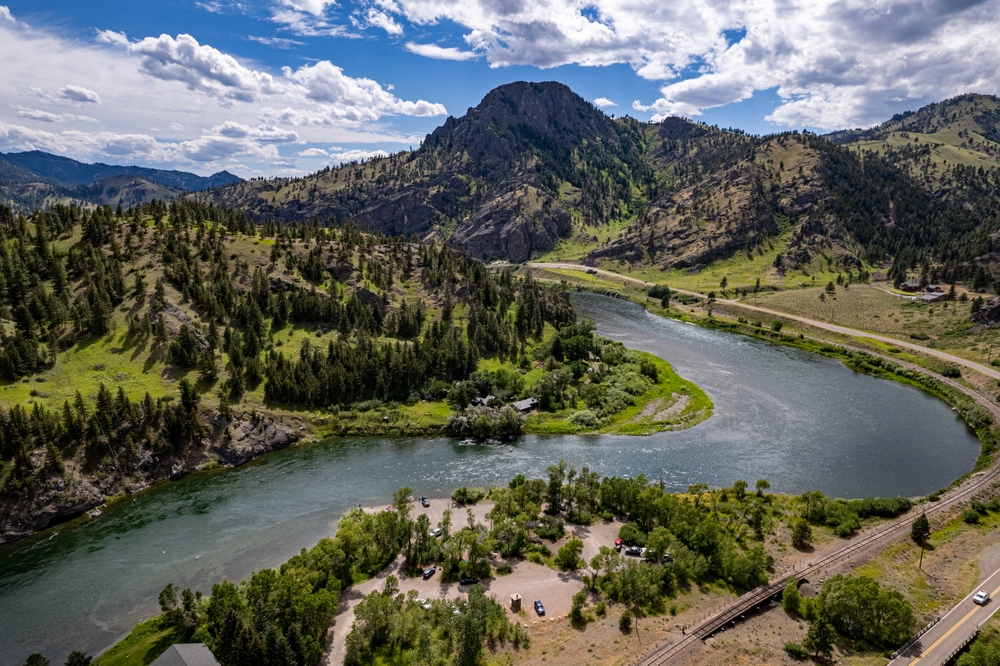
You don’t usually associate the Dakotas with water adventures, but the Missouri River cuts a wide, winding path through both states, offering hidden coves, sandbars, and glassy stretches perfect for paddling. It’s not crowded, not overbuilt, and not trying to be flashy—which is exactly what makes it great.
Locals fish for walleye, haul out pontoons, or just float the afternoon away with a cooler of drinks and no schedule. The river has carved canyons that feel totally untouched, and sunrise over the bluffs will change your idea of Midwest scenery. It’s a reminder that water doesn’t need to be tropical to feel magical.
9. There’s more Scandinavian influence than you’d expect.
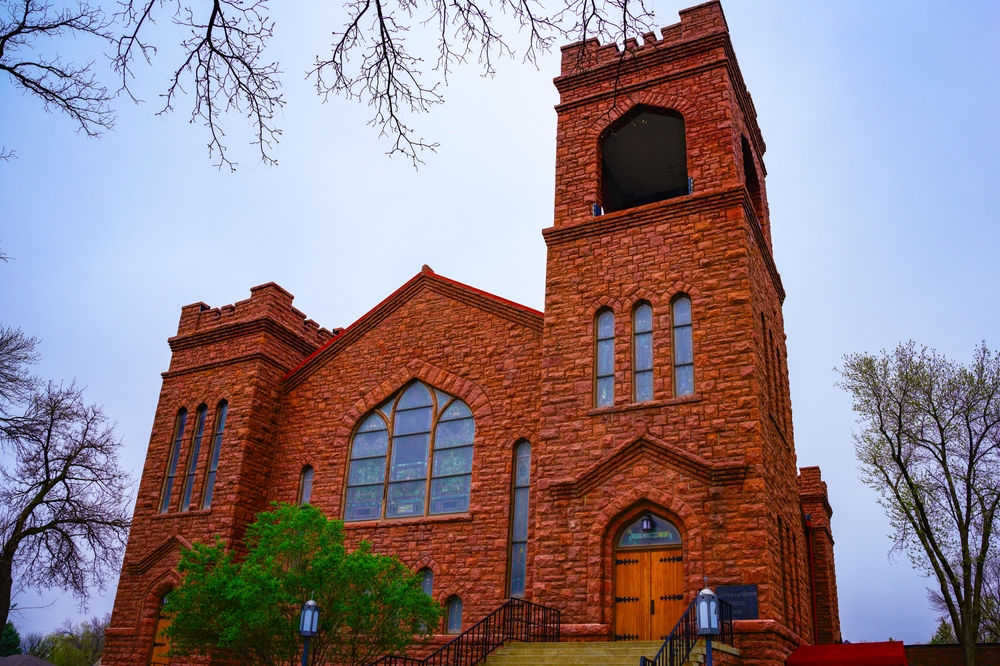
If you see a lot of Lutheran churches and names ending in “-son,” you’re not imagining it. The Dakotas were heavily settled by Norwegian and Swedish immigrants, and their legacy shows up in everything from food to festivals. Lutefisk might not be for everyone, but lefse? That’s a whole different story.
Towns like Minot host Scandinavian festivals that celebrate the old ways with pride. Folk costumes, Viking ship replicas, and polka bands are all part of the fun. It’s a culture that quietly persists, passed down through recipes and rituals that mean everything to the families who’ve stayed rooted for generations.
10. The people are warm, real, and refreshingly low-key.

Forget small talk that goes nowhere. Folks in the Dakotas mean what they say, and they’ll often say it with a self-deprecating smile. They won’t brag, and they won’t BS you—but they will help push your car out of a snowbank or invite you to their backyard bonfire even if you just met.
There’s a practical kindness that runs deep here. It’s not performative or polished for social media. People look you in the eye, ask how your day’s going, and genuinely care about the answer. In a world full of shallow connections, that kind of interaction stands out more than any landmark.
11. You’ll find epic motorcycle rides that rival anywhere else.
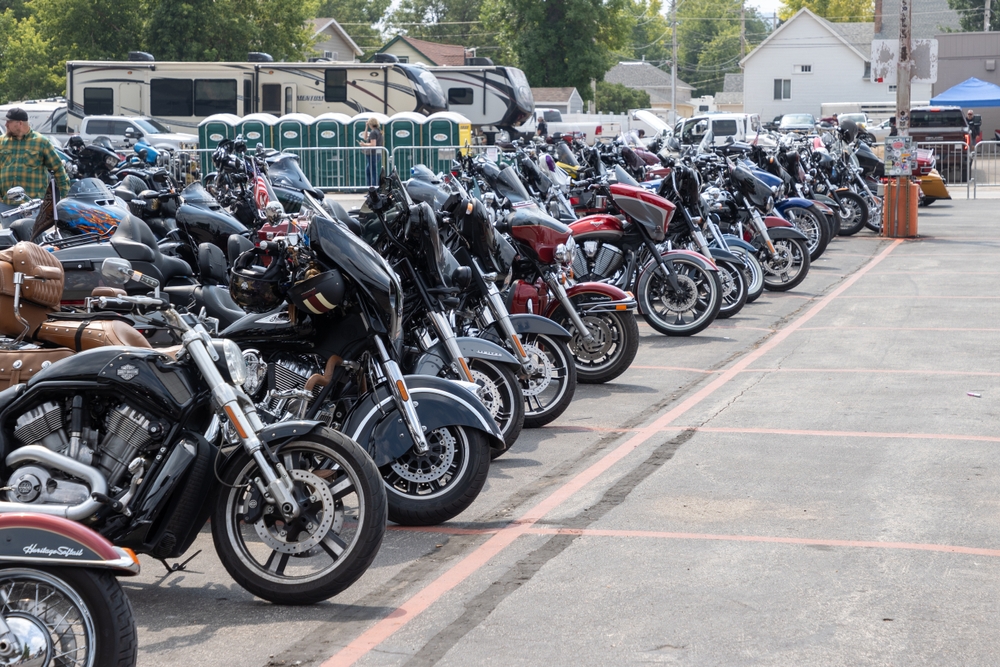
The winding roads around the Black Hills and Badlands are a motorcyclist’s dream. Every August, riders flood into the Sturgis Motorcycle Rally, but even outside of that, the routes through Spearfish Canyon and Needles Highway offer jaw-dropping views and enough curves to keep things interesting.
What sets these rides apart is the blend of wild scenery and total freedom. Traffic is light, the air is crisp, and you can ride for hours without seeing more than a handful of cars. It’s not just a road trip—it’s a soul reset on two wheels. Even if you don’t ride, just watching the parade of chrome is worth it.
12. Winter turns everything into a frozen wonderland.
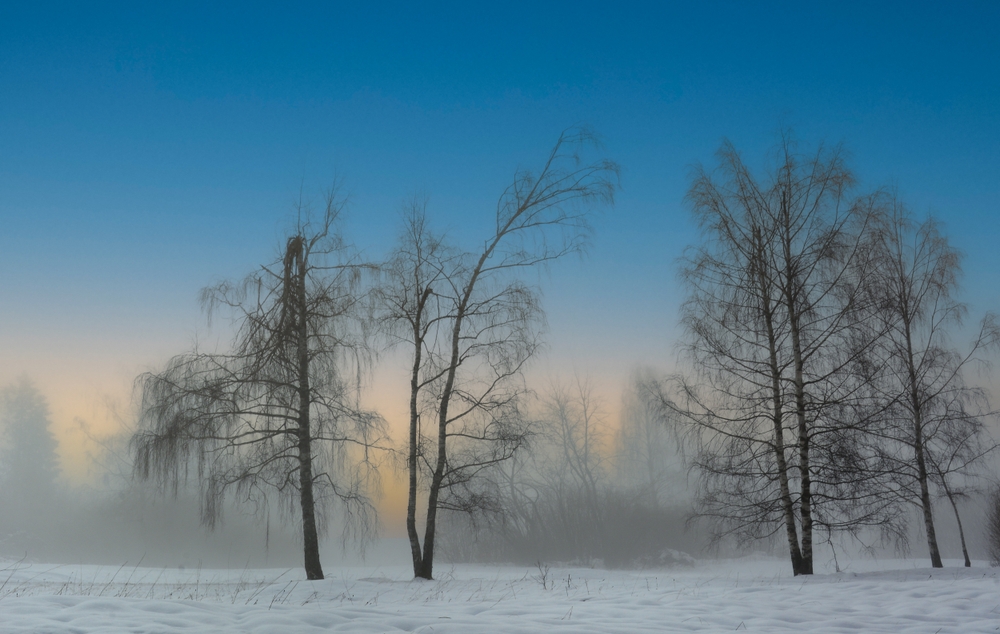
Sure, it gets cold—really cold. But that chill transforms the Dakotas into something quietly magical. Frost clings to every tree branch like glass lace. Snow blankets the rolling hills, and the silence becomes something you can feel. There’s a serenity in that deep winter that doesn’t need words.
Locals embrace it with snowshoes, ice fishing shacks, and bonfires that crackle against the wind. Instead of hiding indoors, they bundle up and find joy in the stark beauty of it all. It’s not easy living through a Dakota winter—but it’s beautiful, and it leaves you tougher and more grateful once spring finally cracks the ice.
